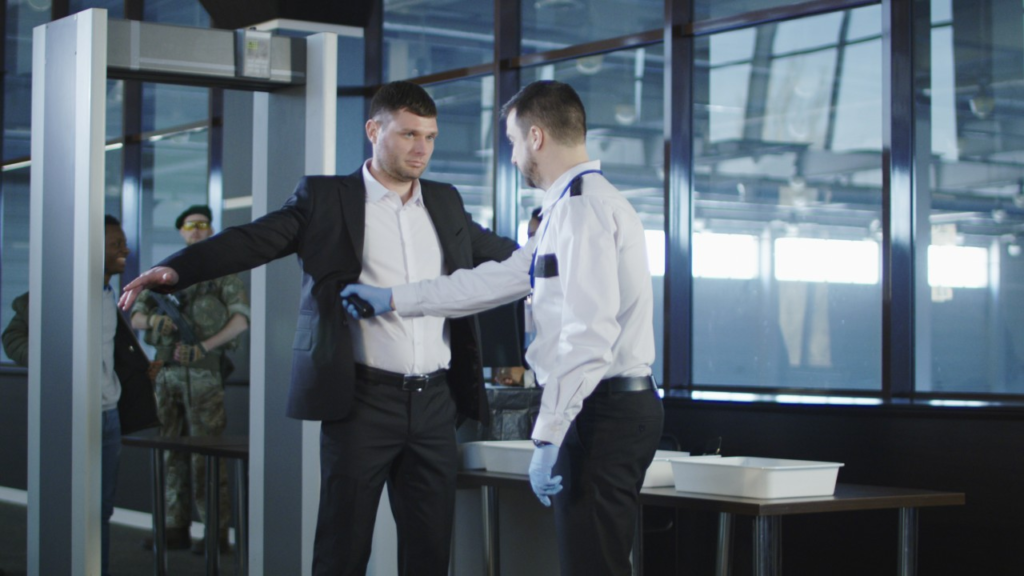Airports are bustling hubs of travel, but they also harbor many secrets that travelers often overlook. From the intricate processes behind security checks to the fate of confiscated items, understanding these hidden aspects can enhance your travel experience and keep you informed.
The Role Of Airport Profilers

At many airports, there are specialized personnel known as profilers. These individuals utilize a technique called spot screening, which involves observing passengers’ non-verbal cues to detect potential threats. They analyze behaviors such as lip licking, excessive itching, or darting eyes. If a profiler identifies someone acting unusually, they may invite that person for further inspection. This proactive approach aims to enhance security by addressing potential risks before they escalate.
Profilers are not limited to just the security checkpoints; they monitor passengers throughout the airport. Some airports even employ facial recognition technology to track individuals from check-in to boarding. This level of surveillance is designed to ensure safety but can feel invasive to travelers. Understanding that these measures are in place can help you navigate the airport with more awareness.
Confiscated Item Auctions

Have you ever wondered what happens to items confiscated by airport security? Many travelers are surprised to learn that these items often end up in auctions or are donated to various organizations. For instance, harmless items like pepper spray may be sent to police training academies, while food items are typically disposed of. Airports may also offer mailing services for certain confiscated items, allowing travelers to send their belongings home for a fee.
However, not all confiscated items are returned to their owners. Many airports hold annual auctions where lost luggage and confiscated items are sold to the highest bidder. This practice raises funds for the airport while giving travelers a chance to reclaim their lost belongings, albeit at a cost. Knowing this can help you make informed decisions about what to carry in your luggage.
Airport Layouts And Spending

Airports are designed with retail psychology in mind. The layout of terminals often guides travelers through duty-free shops and restaurants, encouraging them to spend money. Designers strategically place these areas between security checkpoints and boarding gates, creating a seamless flow that makes it easy for passengers to browse and buy. This design not only enhances the travel experience but also boosts airport revenue.
Moreover, studies show that passengers are statistically more likely to spend money in these areas, especially if they feel relaxed and comfortable. Features like large windows, massage chairs, and comfortable seating contribute to a pleasant atmosphere, making travelers more inclined to indulge in shopping or dining. Understanding these tactics can help you budget your time and money more effectively while at the airport.
The Journey Of Your Luggage

Once you check in your luggage, it embarks on a journey of its own. The process involves multiple security checks, including scans and inspections by trained dogs that can detect dangerous substances. This rigorous process ensures that your belongings are safe and secure before they board the plane.
However, the journey of your luggage can be fraught with complications. If your bag is delayed or misrouted, it may arrive at your destination before you do. This can happen if old destination stickers are not removed, leading to confusion during the sorting process. Understanding how baggage handling works can help you manage your expectations and reduce stress during your travels.




























